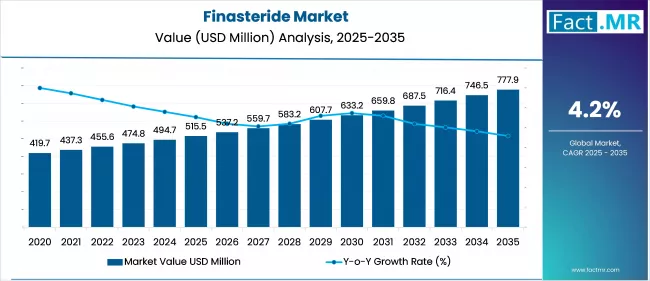Propecia (Finasteride) — 2025–2026 Update
1) Key Message in 2025
In 2025, regulatory agencies increased their oversight of finasteride (both 1 mg for male pattern hair loss —Propecia— and 5 mg for enlarged prostate —Proscar—).
New and reinforced warnings highlight neuropsychiatric risks, including suicidal thoughts, and the FDA raised concerns about topical compounded finasteride products.

2) What Authorities Have Said
- EMA / PRAC (Europe): After a safety review, the Pharmacovigilance Risk Assessment Committee confirmed that suicidal ideation is a possible side effect of finasteride (both 1 mg and 5 mg). In June 2025, the EMA required stronger label warnings and patient information materials.
- FDA (U.S.): In April 2025, the FDA issued a warning about topical compounded finasteride formulations (not FDA-approved), linked to reports of sexual and psychiatric side effects. Oral products (Propecia/Proscar and generics) remain approved and regulated.
3) Science and Debate
- Research continues on the so-called Post-Finasteride Syndrome (PFS), describing persistent sexual, cognitive, and psychiatric symptoms after stopping finasteride.
- Reviews in 2024–2025 show mixed findings: evidence of association exists, but causality, prevalence, and risk factors remain debated.
- Regulators currently hold that benefits outweigh risks when finasteride is used for approved indications with proper patient selection and monitoring.
4) What Changes for Patients & Prescribers
- Updated labels: EU products must now carry clear warnings about depression and suicidal thoughts.
- Avoid unapproved topicals: FDA stresses avoiding compounded topical finasteride due to unpredictable safety.
- Pre-treatment screening: Doctors should check for psychiatric history, inform patients about possible side effects, and monitor mood and sexual health during treatment.
5) Availability in 2025–2026

- Propecia (1 mg finasteride) and Proscar (5 mg) remain on the market.
- Multiple generic versions are available worldwide at lower cost.
- Access and pricing vary by country, but the oral forms remain standard of care.
6) Main Risks to Watch For
- Mood changes: depression, anxiety, suicidal thoughts.
- Sexual dysfunction: reduced libido, erectile dysfunction, smaller ejaculate volume.
- Persistent symptoms after stopping (debated, PFS).
- Pregnancy risk: contraindicated for women of childbearing potential (can cause fetal harm).
- Topical compounded finasteride: unregulated and discouraged.
7) Practical Advice for Patients
- Consult your doctor before starting finasteride; disclose any history of depression or psychiatric issues.
- Monitor mood and sexual health while on treatment; report changes promptly.
- Do not use compounded topical products or online “gray market” sources. Stick to approved oral forms.
- Get regular check-ups, including lab monitoring if recommended.
- Explore alternative strategies if side effects occur: minoxidil, hair transplant, or supportive therapies.
8) Outlook for 2026
- Continued pharmacovigilance and possibly stricter prescribing guidance.
- More patient information campaigns from regulators.
- Scientific research ongoing into mechanisms of PFS and genetic/psychological risk factors.
- Oral finasteride is expected to remain available, but with clearer risk communication.
Finasteride (Propecia) in 2025–2026 remains a widely used and effective treatment for male pattern hair loss. However, regulators now emphasize mental health monitoring and caution against unapproved topical versions. Patients should use it only under medical supervision, with awareness of both its benefits and potential risks.